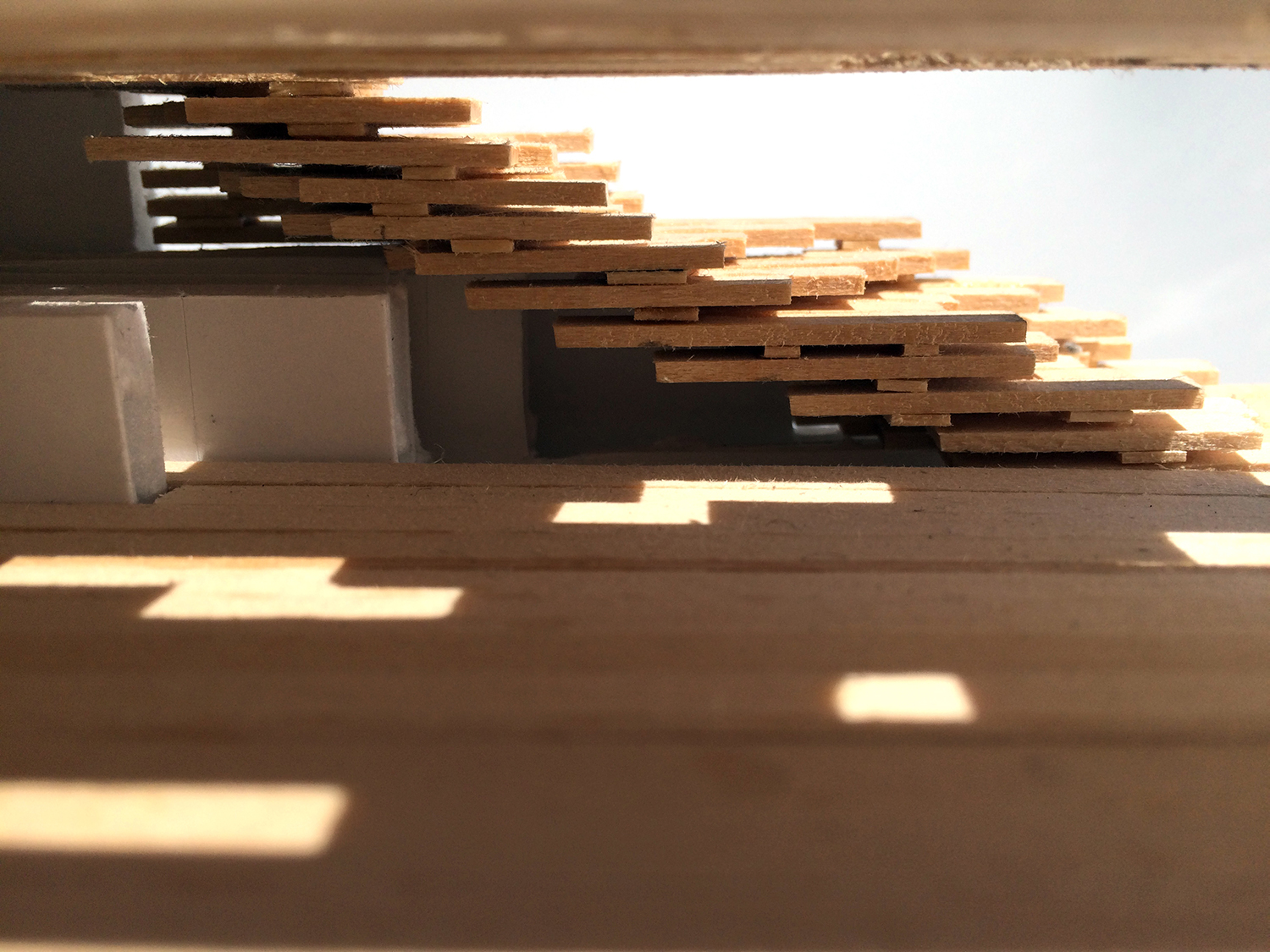Site/Narrative/Event
Graduate Architecture Design Studio
Washington University in St. Louis
Instructor: Kelley van Dyck Murphy
A series of three projects each building on one another formed the basis of this core graduate design studio. Tasked with constructing a site, narrative, and event, using Washington University’s 2000 acre Tyson Research Centre as a focus, my early explorations involved mapping tree root networks within a specific area of the landscape. The interconnectivity of these systems and their relationship to ground informed my thinking on site, narrative and event. What aspects of a site are active yet unseen? How do the relationships, rootedness, and connectivities of such "hidden" systems facilitate specific narratives? Informed by the first two projects (constructing a site, constructing a narrative) my third project (constructing an event) considers relationships between ground, rootedness, cohesion, and ephemerality choosing the process of erosion as an event on which to focus.
Constructing an event, this project considers the process of erosion and how users might experience that process during and after a rainfall event. The project is located in a valley site and the structure is built into the landscape, extending outward and downward through the valley. Part of the structure remains buried beneath the local topography, woven into the earth with the remaining part of the structure protruding out from the landscape. The structure consists of several layers with varying degrees of porosity and permeability allowing for the transmission of water, earth, and debris to flow over and through the structure.
Some spaces act like a cave with water and mud dripping from above and flowing underfoot. Other spaces, to be occupied following the rainfall, are open to the sun and allow for observation of the continued erosional forces post rainfall. The structure engages with the earth and the forces that shape it providing a site where, through erosion and deposition of soil, new vegetation may grow, new watercourse may be carved, and the transient nature of the topography is respected.













